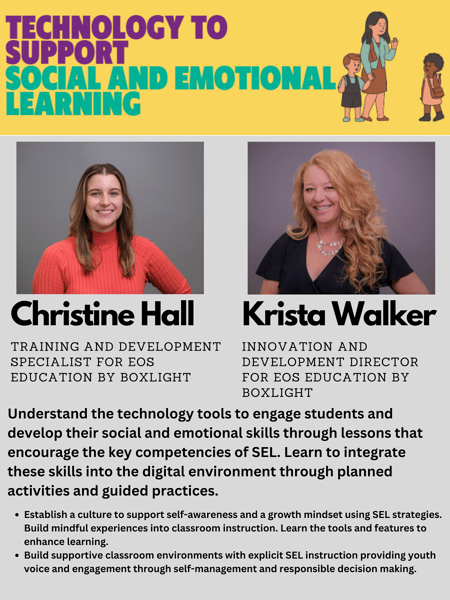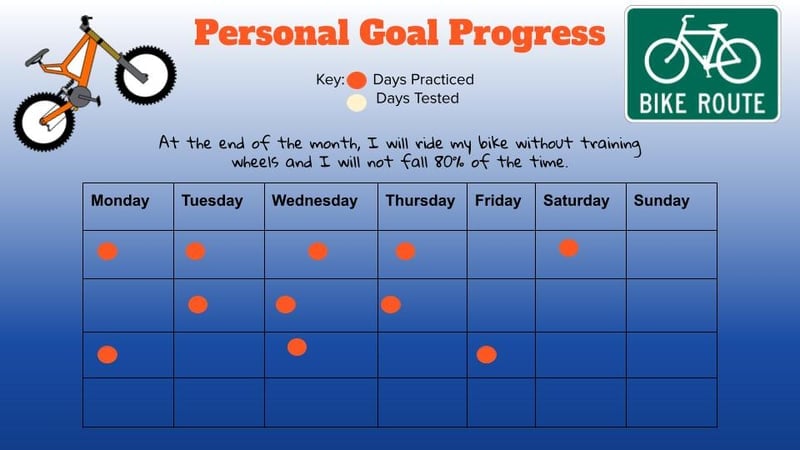Teacher professional development plays a crucial role in fostering the successful implementation of social emotional learning (SEL) and improving student learning outcomes. educators recognize the vital importance of fostering the social and emotional well-being of our students, along with their academic growth. In my experience facilitating a variety of professional development sessions and workshops, the well-being of students inevitably becomes a topic of interest. I want to take this opportunity to share Several ways in which Well-designed, high quality teacher P.S. can provide educators with the knowledge, skills, and resources necessary to implement SEL effectively. Together we can create a nurturing environment that fosters students’ social, emotional, and academic development.
1. Deepening the understanding of social-emotional learning
Through targeted professional development, educators can deepen their understanding of SEL principles, frameworks, and research-based practices. Workshops, seminars, and training sessions provide teachers with the opportunity to explore core SEL competencies such as self-awareness, self-management, social awareness, relationship skills, and responsible decision-making. By gaining this knowledge, educators can effectively integrate SEL into their instructional strategies, curriculum, and classroom culture.
2. Improve the climate and culture of the classroom
Teacher professional development in SEL equips educators with strategies for creating a positive and inclusive classroom climate. By fostering a sense of belonging, respect, and emotional safety, teachers can cultivate an environment in which students feel valued, supported, and motivated to learn. Professional development can offer practical techniques for setting clear expectations, promoting positive relationships, managing conflict, and promoting empathy and kindness among students.
For example, during a PD session facilitated by EOS Education, teachers are introduced to digital vision boards. Teachers and students enjoy the process of reflecting on their long-term goals and creating a space to visually reflect on those goals. When vision boards are shared, the classroom community becomes a safe place to help students achieve their goals and for teachers to learn more about their students’ interests.

3. Development of social-emotional skills instruction
Teachers need the tools to explicitly teach social-emotional skills to their students. Professional development programs can provide educators with evidence-based strategies for incorporating SEL instruction into their daily lessons. This may include integrating SEL activities into academic subjects, utilizing cooperative learning strategies, implementing problem-solving exercises, and facilitating reflective discussions. By developing students’ social and emotional competencies, educators contribute to their overall well-being and academic success.

4. Strengthening classroom management
Effective classroom management is essential to creating an optimal environment for social emotional learning. Professional development can equip teachers with effective behavior management techniques, conflict resolution strategies, and restorative practices. By fostering a classroom environment based on trust, mutual respect, and shared responsibility, teachers can foster students’ self-regulation skills and create an atmosphere conducive to learning and growth.
5. Collaboration and peer support
Collaboration and peer support are integral components of teacher professional development, providing educators with valuable opportunities to learn from each other’s experiences and adopt best practices. Through professional learning communities, workshops, and conferences, teachers can actively participate by sharing strategies, exchanging ideas, and working together to implement social and emotional learning (SEL) effectively. By actively participating in this collaborative learning process, educators not only strengthen their own teaching practices, but also contribute to the collective improvement of SEL implementation throughout the school community.
6. Assessment and monitoring of student progress
A crucial aspect of teacher professional development is equipping educators with the guidance needed to effectively assess and monitor students’ social-emotional development. One component of EOS Education’s SEL teacher professional development is showing how students can self-assess. When students participate in their own assessment and recognize their personal growth over time, they are empowered to create new goals. Students who track their progress digitally can celebrate not only with you, but also with their school and community.

By participating in professional development programs, teachers can gain valuable insights into using various assessment tools, conducting informed observations, and soliciting student feedback to measure the impact of social-emotional learning (SEL) practices. Through these opportunities, educators can gain insight into monitoring student progress, identify areas for improvement, and adapt their instructional strategies accordingly to ensure optimal SEL results.
teacher professional development plays a crucial role in facilitating the effective integration of social-emotional learning in K-12 classrooms. By providing educators with the necessary knowledge, skills, and resources, we can establish nurturing environments that foster students’ holistic growth in the social, emotional, and academic domains. By embracing SEL professional development, school communities can cultivate positive and supportive environments for all students to achieve their academic and personal goals.
To learn more about EOS Education’s professional development offerings, including social and emotional learning, go to https://boxlight.com/services/professional-development-for-teachers.
(function(d, s, id) {
var js, fjs = d.getElementsByTagName(s)[0];
if (d.getElementById(id)) return;
js = d.createElement(s); js.id = id;
js.src = “//connect.facebook.net/en_US/all.js#xfbml=1&status=0”;
fjs.parentNode.insertBefore(js, fjs);
}(document, ‘script’, ‘facebook-jssdk’));






